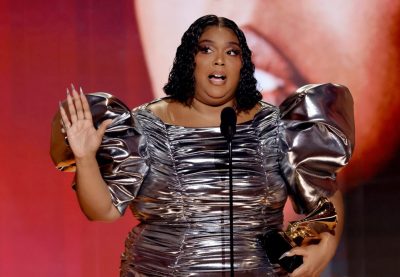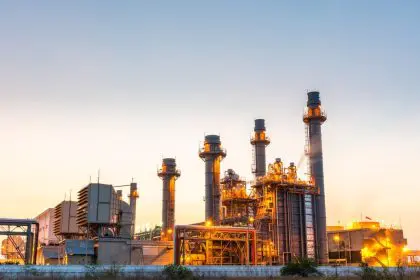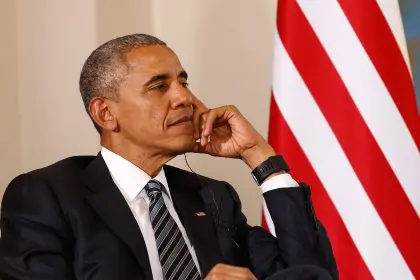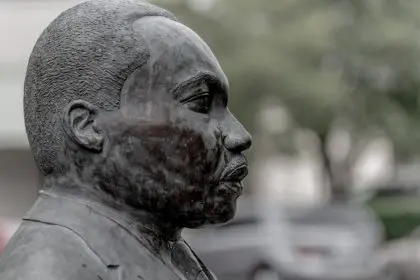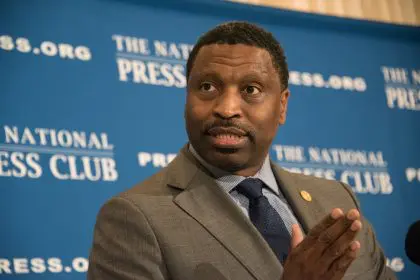
Historically, this country has turned a blind eye to the many environmental injustices that plague communities of color. Terms like climate change and environmental racism weren’t even a part of the American lexicon until recently. Back in the day, we lived in homes with lead paint and it was nothing to see old tires dumped alongside the road. Black clouds from steel mills and coal mines drifting over the heads of little Black and Brown boys and girls playing outside meant nothing to us – it was just a part of what Marvin Gaye called “Inner City Blues.” The time has come to change that narrative. We can no longer allow our children and our communities to suffer from neglect and a calculus that values some lives over others.
It was in the early 1980s that the Environmental Justice Movement began to take hold and leaders like Dr. Benjamin Chavis coined the term “environmental racism.” Those earlier environmental activists of color realized that there was something critically wrong with the land, water and air around us. They took it upon themselves to highlight the fact that not only were Black communities not being protected but that they also were in some instances being targeted.
In 2016, we are not only seeing vividly the painful effects of climate change and toxic neglect on the Black community; we are living it. All of those things we believed to be harmless are now crippling our communities at alarming rates. Recent natural disasters like Superstorm Sandy and Hurricane Katrina further highlighted how Black and low-income communities are particularly vulnerable to the devastating effects of these storms. Not to mention that almost 40 percent of the six million Americans living in close proximity to a coal plant are people of color and African Americans generally live in counties with higher levels of pollution.
Elected officials across this country continue smile in our faces while attempting to put Band-Aids over these environmental hemorrhages and expect us to ignore these issues. There are some who even suggest that we need to focus on other more pressing issues within our community. If we do this, communities of color will continue to wear the scars of the years of neglect – the high levels of asthma, the endless hospital visits, the nagging coughs of our seniors, and the premature deaths of our babies.
Make no mistake – addressing the issue of climate change in communities of color is a moral imperative. No more smiling faces. No more empty promises. It’s time for urgent action. President Barack Obama’s Clean Power Plan is a progressive step in the right direction. His common sense solutions including limiting carbon pollution from power plants will be a huge benefit to black communities including as much as $93 billion in health cost savings per year and a reduction in energy costs for families.
Several weeks agom President Obama released his eighth and final budget for FY 2017. In it, he included $4 billion in a Clean Power State Incentive Fund. This funding will enable states to invest in a range of activities that complement and advance the Clean Power Plan, including efforts to address disproportionate impacts from environmental pollution in low-income communities that are comprised of a significant number of people of color. No modern-day U.S. president has ever put money where his mouth is on this issue, nor has the opposition been so great.
It’s past time that we take off our rose-colored glasses and open our eyes to the urgent reality of the many environmental injustices faced by communities of color. If we fail to do so, our future – particularly that of African Americans – will become dimmer and dimmer. Climate change and racism have a common enemy – those who pretend they don’t exist.
Dr. Julianne Malveaux is an economist and former president of Bennett College. Dr. Beverly Wright is the executive director of Deep South Center for Environmental Justice





